Get a Quote
We will contact you within 24 hours via one of the communication channels you have specified.
Your data will be processed under the conditions set out in our Privacy Policy.
We will contact you within 24 hours via one of the communication channels you have specified.
Your data will be processed under the conditions set out in our Privacy Policy.
We as Alfa Process , able to design for your needs for the best performing heat exchanger selection by considering your technical creiterias for your needs and the following step will be with possible fastest and low cost cope of supply.
In case of requirement we can also provide refurbisment of your plate heat exchanger and servicing in required planning periods wihout creating any hold up time in your process.
A gasketed plate heat exchanger is a type of heat exchanger that uses metal plates with gaskets between them to transfer heat between two fluids. The unique aspect of such a heat exchanger lies in its efficiency, compactness, and adaptability to various applications. Here's a detailed description of how to make a unique gasketed plate heat exchanger:
1. Select Materials: Choose high-quality materials for the plates and gaskets to ensure durability and efficiency. Typically, plates are made of stainless steel, titanium, or other corrosion-resistant alloys. Gaskets are usually made of elastomers like Nitrile, EPDM, or Viton, depending on the application's temperature and chemical compatibility requirements.
2. Design Configuration: Determine the desired heat transfer capacity, pressure drop, and temperature ranges for your specific application. The design configuration includes selecting the number of plates, plate dimensions, plate pattern (herringbone, chevron, etc.), and the arrangement of fluid flow channels.
3. Plate Pressing and Fabrication: Fabricate the plates according to the design specifications. This involves cutting the plates to the required dimensions, forming corrugations on the plates to enhance turbulence and heat transfer efficiency, and punching holes for fluid ports.
4. Gasket Installation: Place the gaskets onto the plates, ensuring proper alignment and sealing between adjacent plates. The gaskets create fluid-tight seals around the edges of the plates, preventing leakage between the hot and cold fluid channels.
5. Plate Stacking: Stack the plates alternately with gaskets in between to form a plate pack. The plate pack is then enclosed within a frame, which provides support and maintains proper alignment of the plates.
6. Fluid Connections: Attach inlet and outlet ports to the frame to facilitate the entry and exit of the hot and cold fluids. These ports are connected to the fluid channels within the plate pack, allowing the fluids to flow in counter-current or co-current paths, depending on the design.
7. Assembly and Sealing: Assemble the frame and tighten the bolts to compress the plate pack, ensuring uniform contact between the plates and gaskets. This compression creates a secure seal and minimizes the risk of fluid leakage.
8. Testing and Quality Control: Conduct pressure tests and performance evaluations to ensure the heat exchanger meets the desired specifications and performance standards. This may involve conducting leak tests, pressure drop measurements, and heat transfer efficiency tests under simulated operating conditions.
9. Installation and Operation: Install the gasketed plate heat exchanger in the desired location within the thermal system, ensuring proper alignment and connection to the fluid circuits. Regularly monitor the heat exchanger's performance and conduct maintenance as needed to ensure optimal efficiency and longevity.
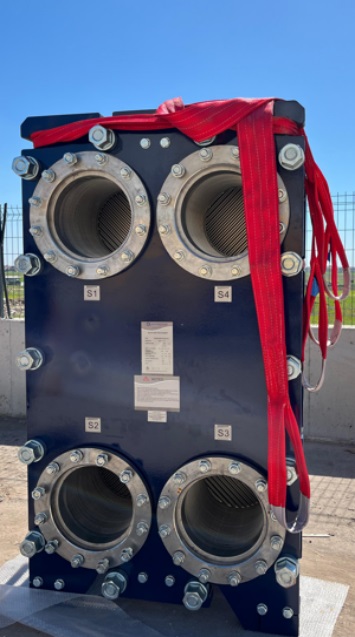
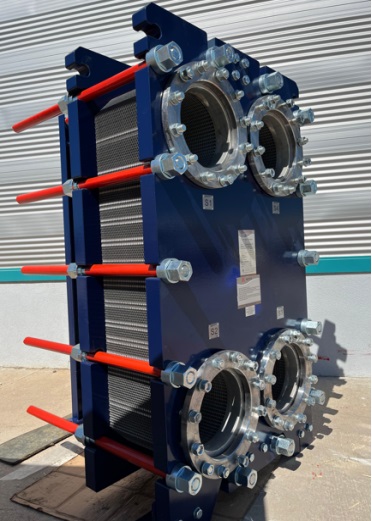
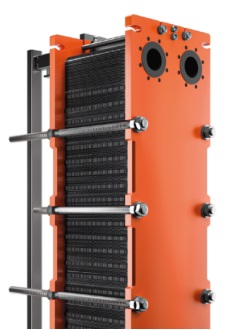
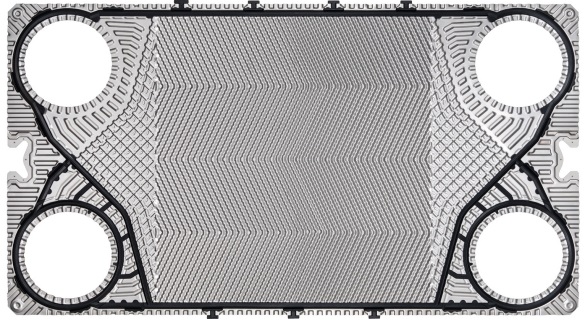
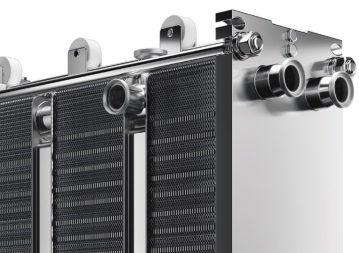
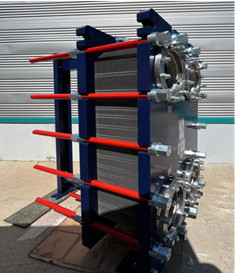
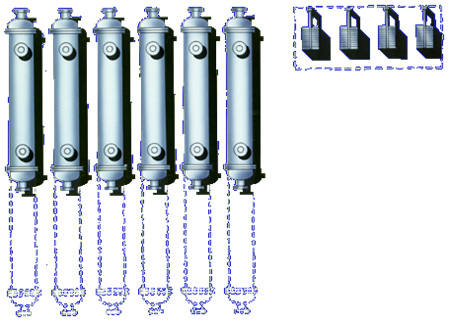
For same duty
Plate heat exchangers can do same duty in much less space and this makes difference from many other respects
Compact
Less space for
installation
Easy maintenance
Low holp up volume
Fast reponsive
thermal duty
Low capital cost
(AISI316 wet surface)
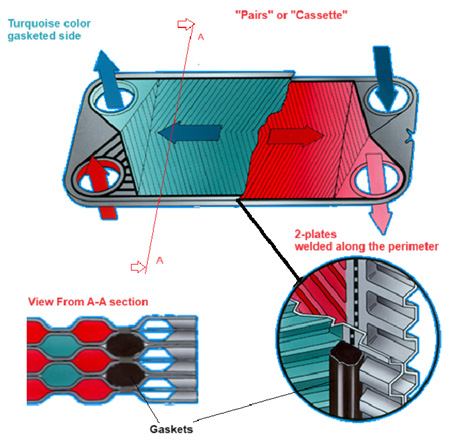
semiwelded
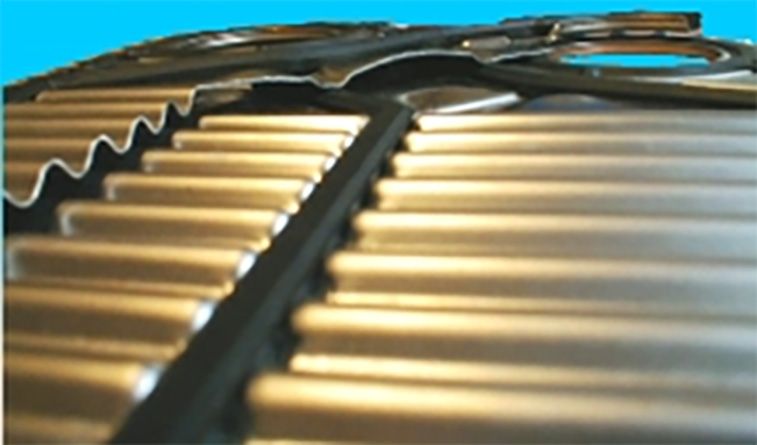
widegap Example plate
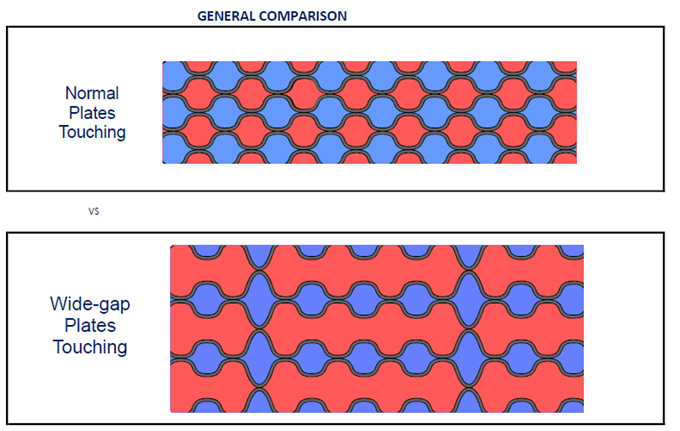
Wide gap vs Normal plates

You can ask any questions you may have about our products, our company or our sales processes.
We will contact you within 24 hours via one of the communication channels you have specified.
Your data will be processed under the conditions set out in our Privacy Policy.